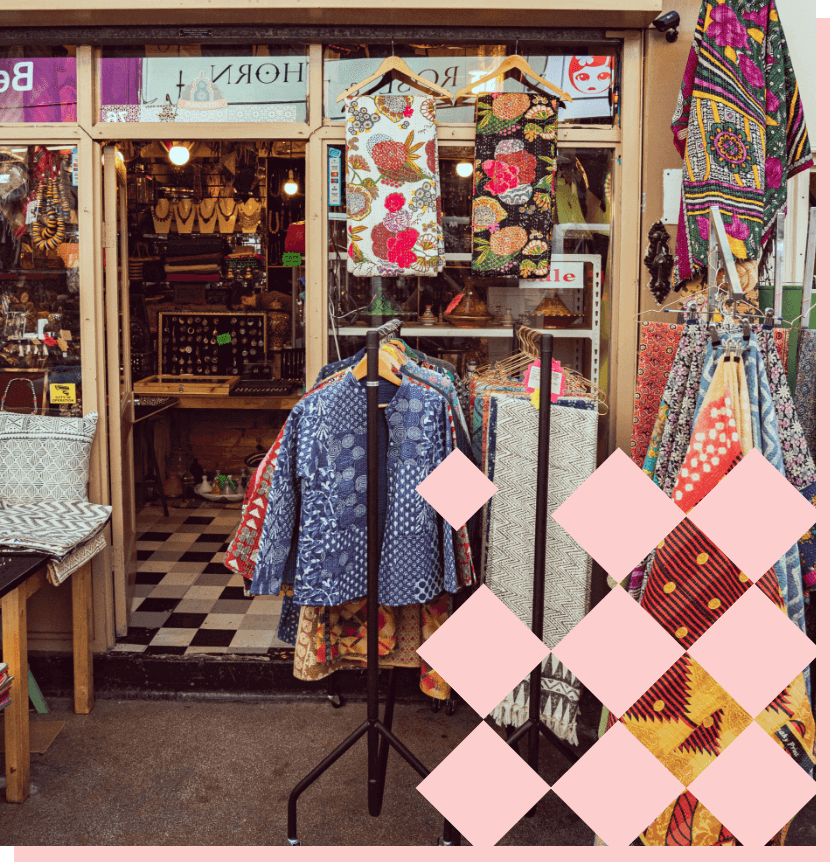The History of LONDON’s Most Diverse Market
Brixton Village’s story is rich,
ever-evolving and ever-influencing.
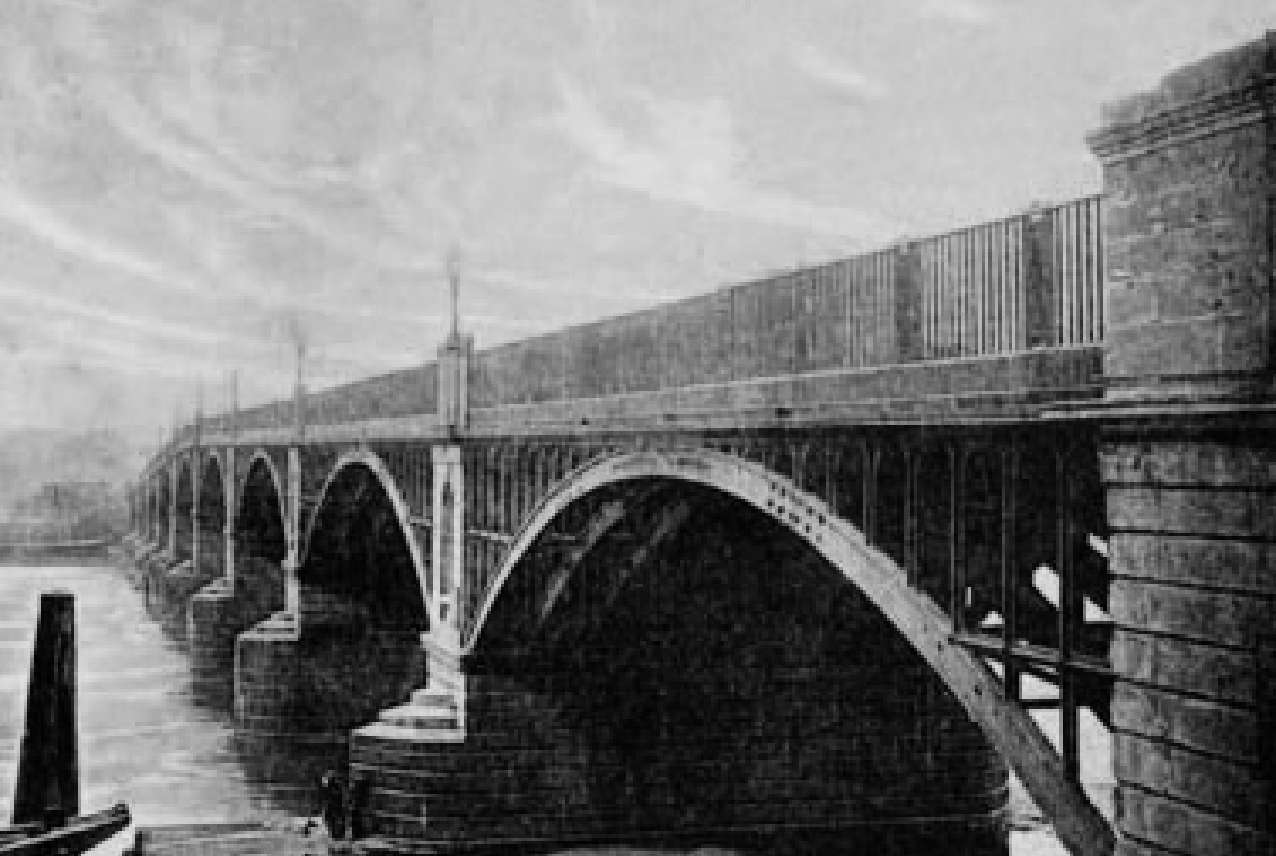
1816
In 1816, Vauxhall Bridge opened and became a key transport link into South London. By the 1860s, Brixton became the shopping capital of south London and soon after the area turned into one of London’s rapidly expanding Victorian suburbs. The market was originally established as an outdoor street market, selling fresh produce and household goods to the growing population of Brixton. Over time, the market expanded and developed, with new stalls and shops opening to cater to the changing needs and tastes of the local community.
Everything that happens in the market is significantly shaped by its community and Afro-Caribbean heritage. A stroll around the Village is a multi-sensory experience. Life lived to a different rhythm. A place that is bold, curious and ambitious.


1870
Establishing itself as a home for creatives, before he became an artist, Van Gogh moved to Brixton to work as a trainee art dealer in the 1870s, only to be followed by Charlie Chaplin in 1908 and in 1947 David Bowie was born in Brixton.


1880
Built in the 1880s, Electric Avenue was the first market street to be lit by electric lights and in 1928, Market Row, designed by RS Andrews and J Peascod, was built on the site of an old department store, providing a permanent home for the market.
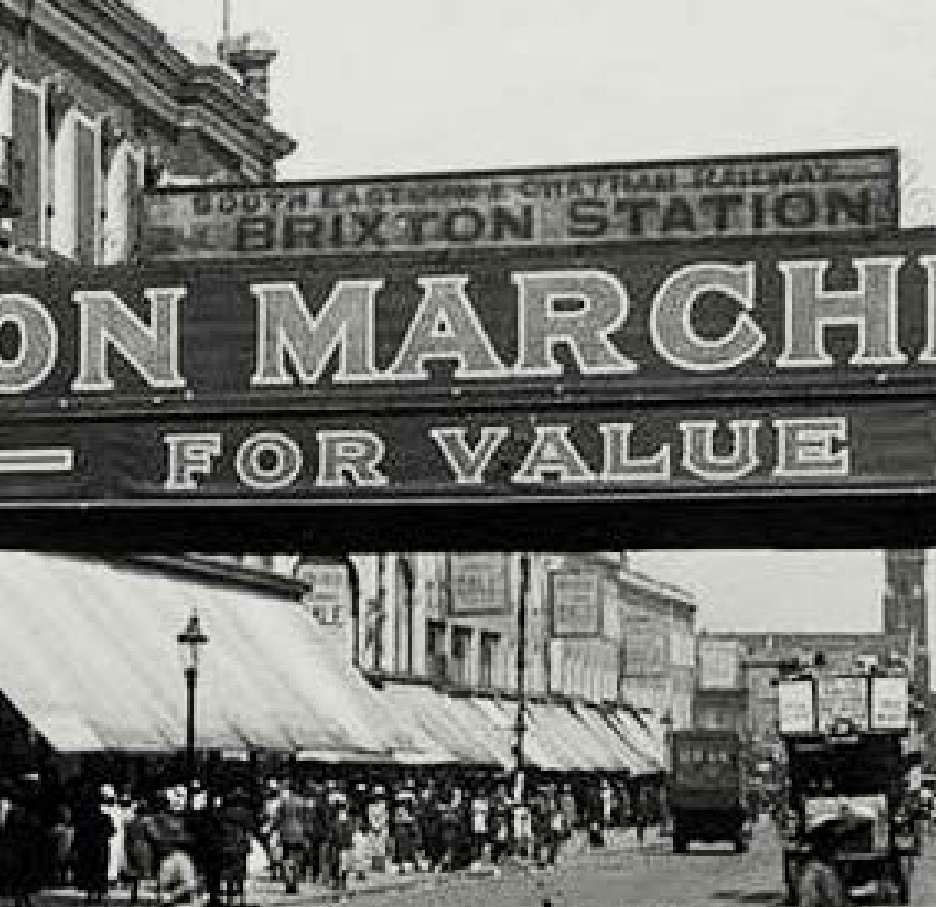

A STROLL AROUND BRIXTON IS A MULTISENSORY EXPERIENCE. LIFE LIVED TO A DIFFERENT RHYTHM.
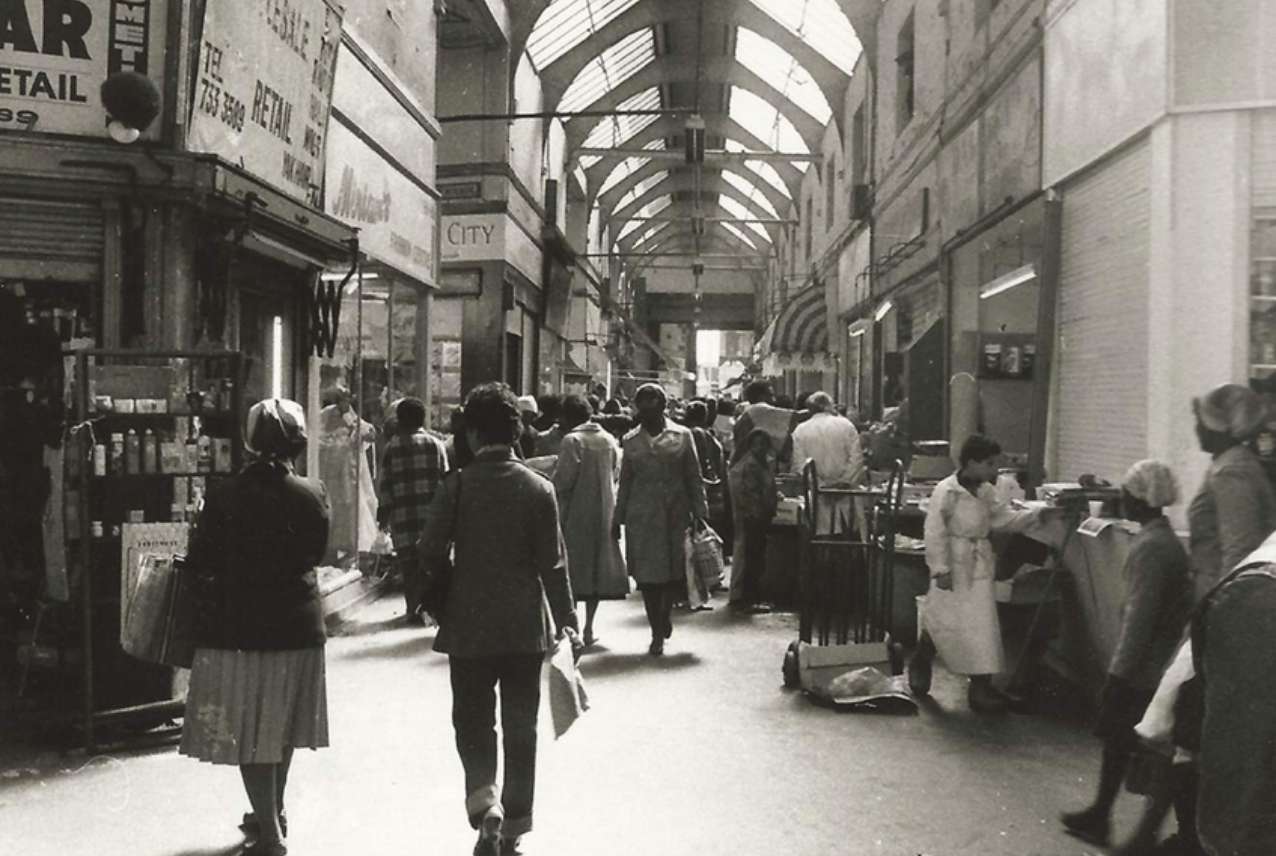

1937
Granville Arcade was opened by Swedish actor Carl Brisson in 1937 and designed by Alfred and Vincent Burr. What is today known as Brixton Village was originally named after its developer Mr Granville-Grossman and built on the site of the former Lambeth Carlton Club. The arcades link Coldharbour Lane, Atlantic Road and Popes Road.
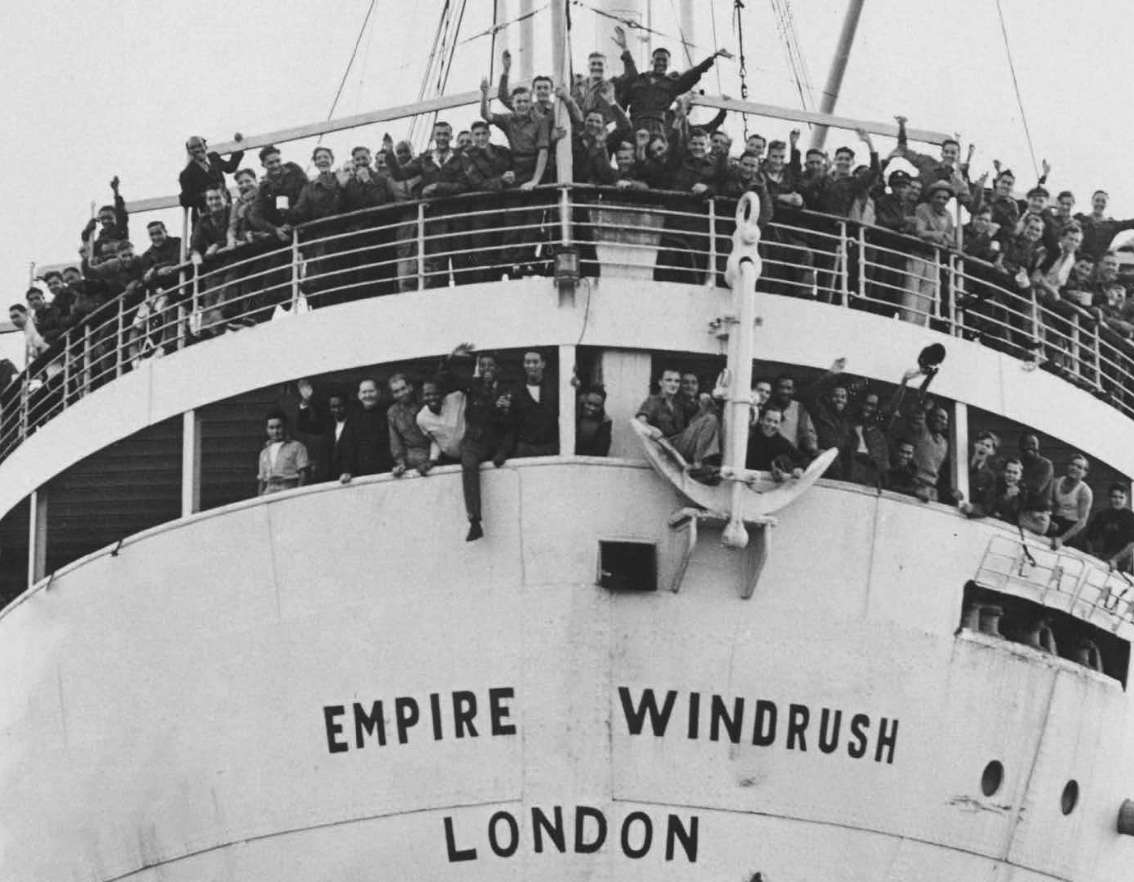

1940
In the 1940s, the bombing during WWII caused a severe housing crisis – followed by slum clearances and the building of social housing. After the War many immigrants, particularly from the West Indies and Ireland, settled in Brixton, shaping the culture and diversity of the area ever since. In June 1948 Empire Windrush arrived at the Port of Tilbury, carrying some 500 Caribbean migrants, many of whom have come to symbolise a modern multicultural society in Britain. The ship and its passengers have a symbolic status as the start of the Windrush Generation.


1965
More recently, in 1965, Brixton became a nucleus for south London’s flourishing Sound System scene – influencing most subsets of UK dance music since. In the 1970s Brixton became a hub of political activism and resident Olive Morris, member of British Black Panthers, founded the Brixton Black Women’s Group.


1970
Pre-empting the Brixton riots in the 1970s; The Clash’s “Guns of Brixton” expressed the discontent that was building due to the recession and the heavy-handedness of the police at that time. High unemployment, crime and poor housing lead to the Brixton riots in the 1980s, a clash between local protesters and the Metropolitan Police.
YOU CANNOT DESIGN A BRIXTON. IT TAKES LIFE AND COMMUNITY AND MILLIONS OF STORIES.
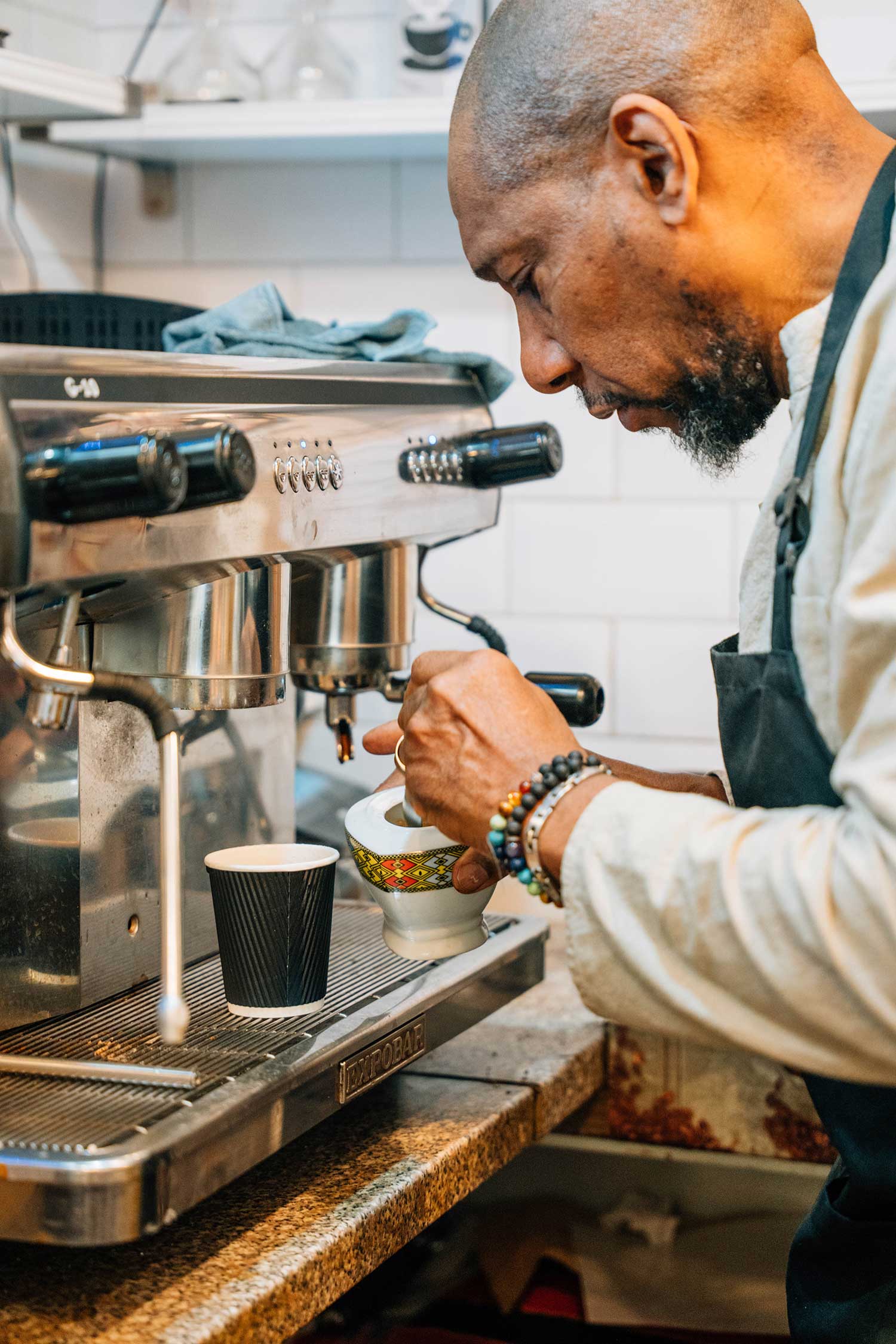

2000
Over the next few decades, Brixton Village continued to evolve and adapt. New traders and businesses moved in, bringing with them a diverse range of products and services. In the 2000s came Brixton’s Renaissance, the area’s location and the thriving Bohemian art scene led to the neighbourhood undergoing exciting regeneration and the market underwent a major renovation, with the original Art Deco features restored and new lighting and signage installed.


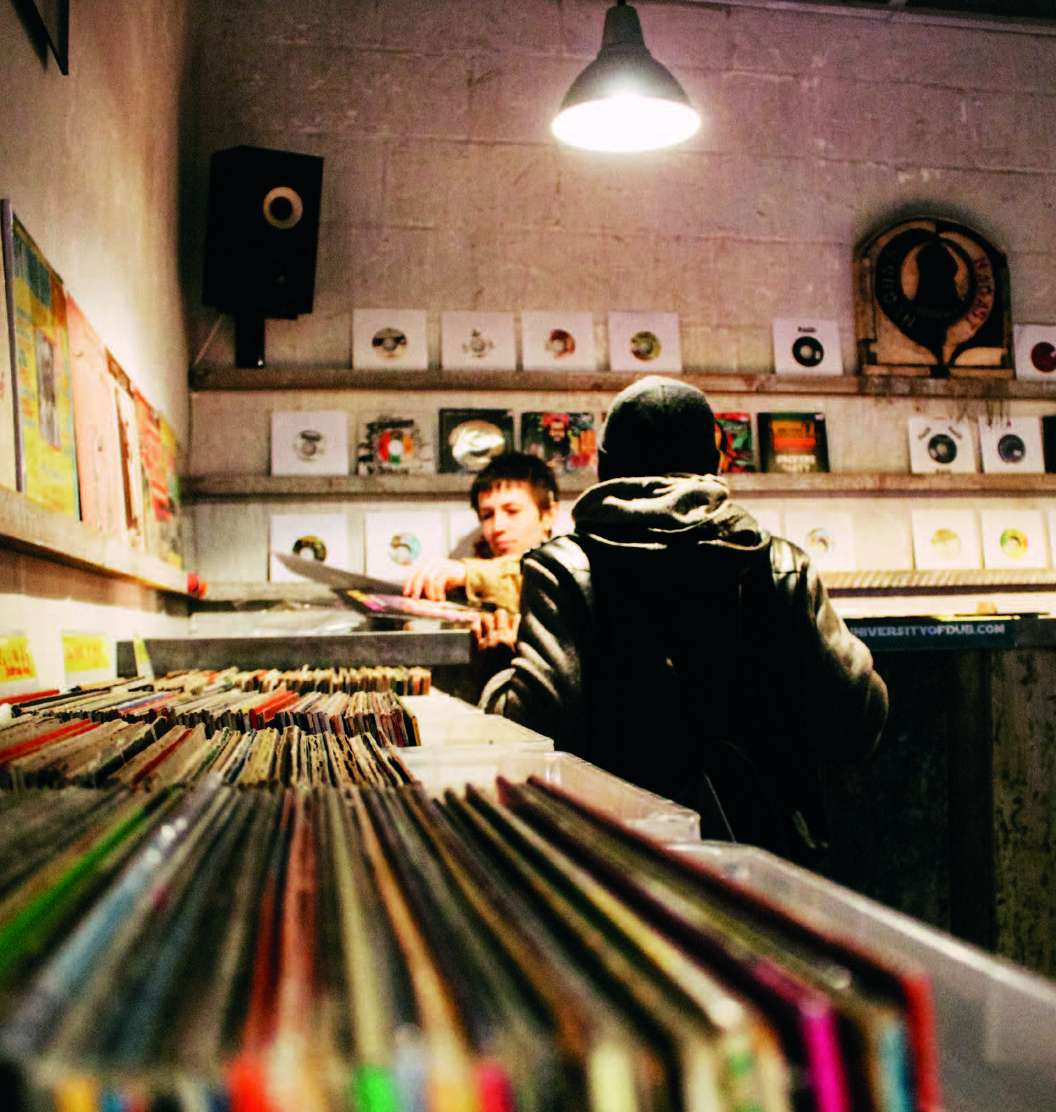

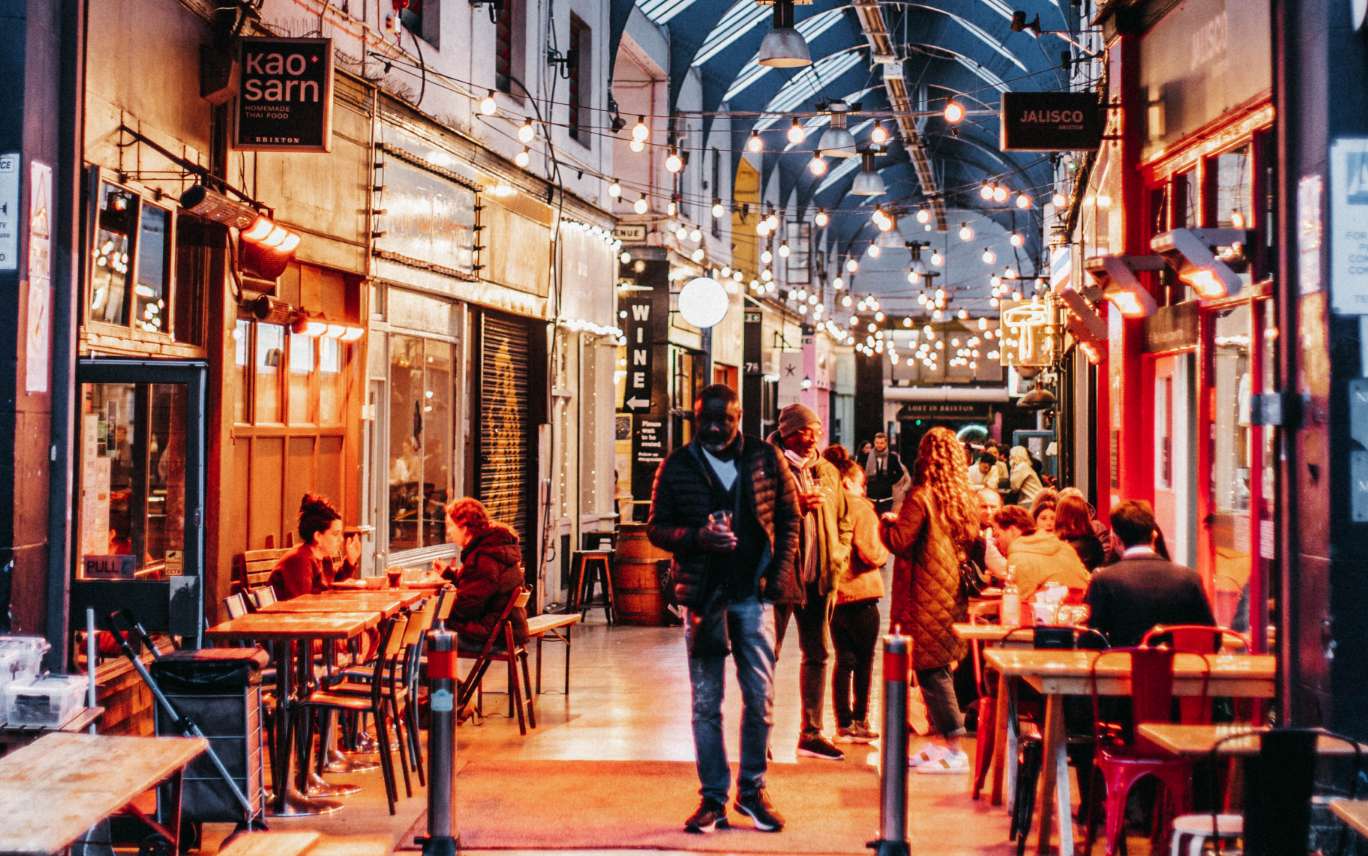

2010
In 2010, Brixton Village was given Grade II listing to reflect its history, and significance of Black history to post-war Britain, following a local campaign to save the site from redevelopment.
2023
BRIXTON HAS ALWAYS EVOLVED BEAUTIFULLY AND ORGANICALLY, AND CONTINUES TO DO SO.
To this day, Brixton Village is more than just a market – it’s a symbol of resilience and togetherness. Its history is a testament to the power of community spirit and the importance of preserving local traditions and heritage. As Brixton continues to grow and evolve, the Village will undoubtedly continue to play an important role in the life of the neighbourhood, connecting people and fostering a sense of belonging and pride.
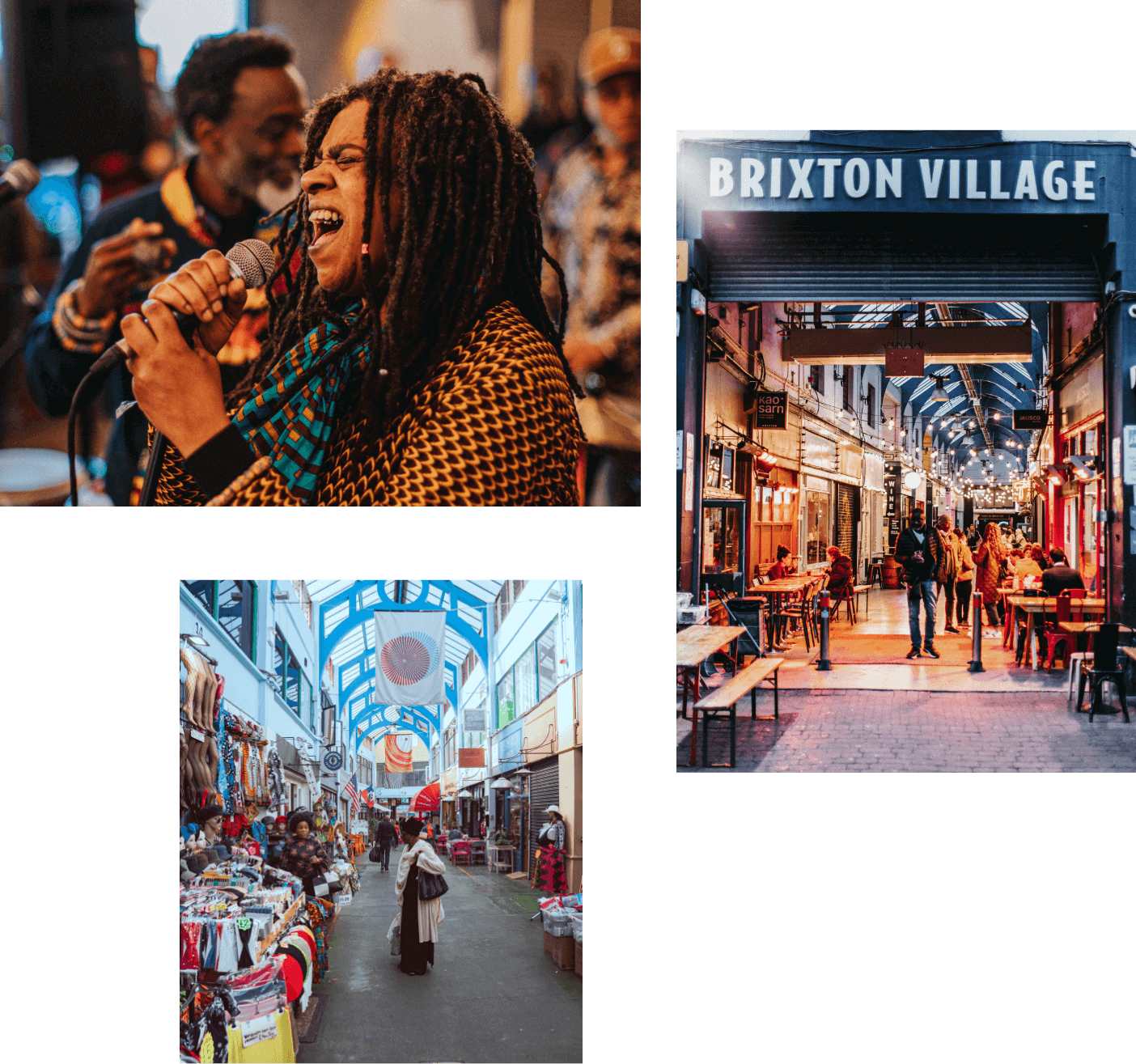

From authentic global cuisine to experimental cocktail bars, explore a world of flavour in Brixton Village – home of London’s most vibrant food and drink.
From traditional traders who have served locals for over 30 years, to artisan bookstores, record shops and more – discover Brixton Village shopping.
From art and performance, to music, dancing and talks – there’s always something happening in Brixton Village. Find out what’s next.
+ STAY CONNECTED
Sign up to our newsletter to be the first to hear.



